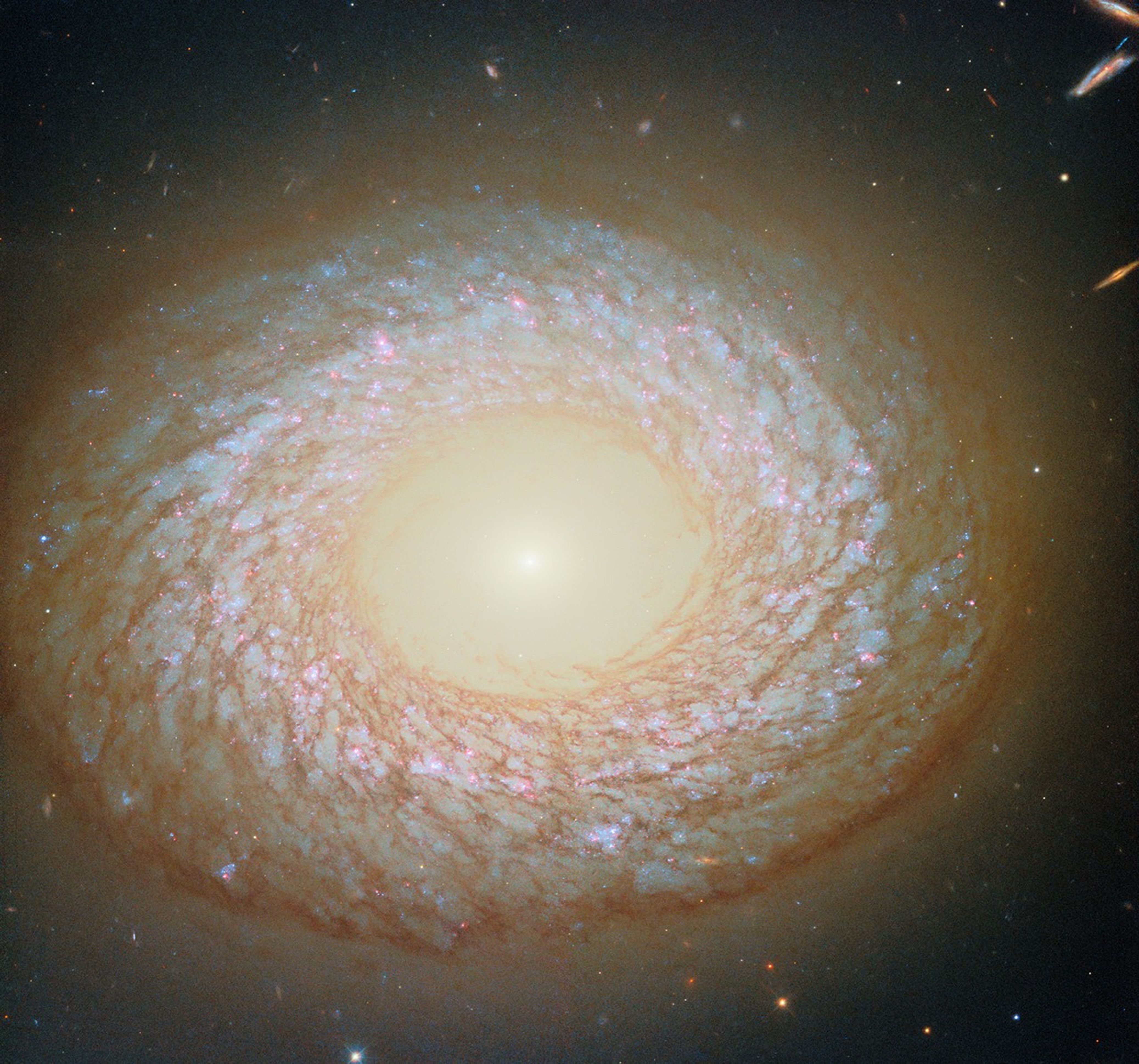
The worlds orbiting other stars are called “exoplanets,” and they come in a wide variety of sizes, from gas giants larger than Jupiter to small, rocky planets about as big around as Earth or Mars. This rocky super-Earth is an illustration of the type of planets future telescopes, like NASA's TESS, hope to find outside our solar system. via NASA https://ift.tt/2HAq6VW

No comments:
Post a Comment